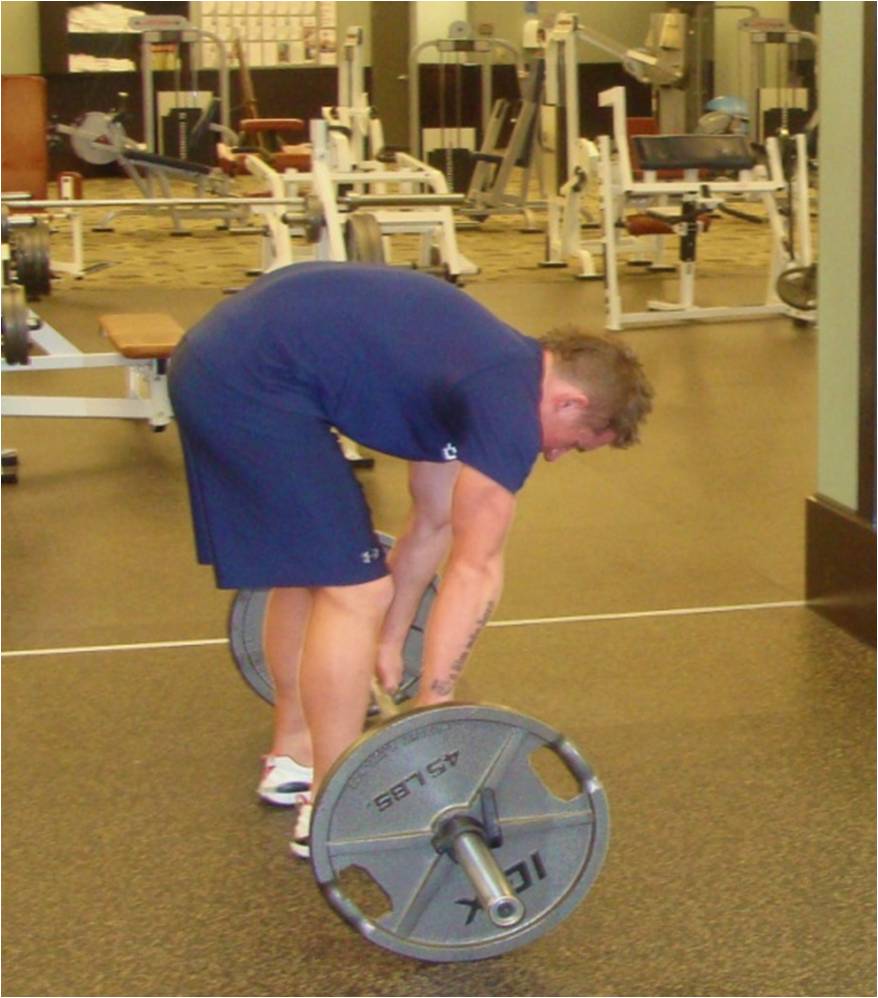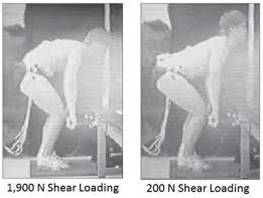Correcting the Deadlift from the Inside Out
I have to admit, I loves me some deadlifts. I mean, pound for pound there isn’t another exercise that can let you lift as much weight. There’s no half-reps allowed (it’s either up or it’s not. A squat can be short, same as a bench), so fewer people do them which makes them even more bad-ass. The benefits to the legs, hips, lumbar and thoracic spine are redonkulous. On top of that, you can pull some pretty cool amounts of weight.
Now from around 2004-2007, I was all about power cleans and olympic lifting, which is all well and good. The downside to this is that the technique involved was much more about practice than gametime, and I have to admit that I’m not all that patient to spend hours upon hours trying to refine my technical capacity. I just wanted to lift heavy shit. Around this time, my back began to go through its own rebellion, which meant having to take some time and focus on corrective exercises and the like, so the heavy heavies had to wait. Now, I’m actually feeling strong enough to pull 1 RM loads off the floor.
Here’s the interesting thing. I’ve always thought I had a pretty good deadlift, until one day when I was playing around with the settings on my camera and started to record my lifts. I realized that my lumbar spine was slightly flexed during my setup, and that it would stay that way for approximately 75% of the first pull phase, which increased the amount of force my low back was exposed to on each lift.
Once I was able to see how completely piss-poor my own deadlift technique was, I was able to find a few ways to correct it and make sure my back was nice and crispy in extension, and was able to throw about 50 pounds more onto the bar the next workout.
Now granted I have the availability of a nice video camera, plus the added bonuses of courses, DVDs, and other educational resources that go through how to correct and get the most out of the big lifts, plus the technical ability from watching around 1000 hours of people deadlifting in various capacities to be able to pick out a “good movement” from a “rusty movement” from a “piss-poor please go castrate yourself so you can’t pass on any of your genetic material to the next generation” kinds of deadlifts, so I could figure out what Iw as doing wrong pretty quickly.
The bad part was that I couldn’t feel it in my own lift. Now I’m not going to lie to you and say I’m the ultimate king of correcting deadlifts, but I’ve worked with enough people and learned enough from enough different resources to feel confident in my approach, and the results from my clients speaks for themselves. Since I couldn’t feel it, what are the chances someone without the training or experience that I have could feel if they were doing something wrong? What’s more, what if they were constantly doing something wrong and wound up hurting themselves because they didn’t know any better?
I’ve worked with a bunch of spinal rehab clients who had to learn how to deadlift, and to say they had the kinesthetic awareness of Mr. Magoo would be an understatement. Trying to manipulate them into the right posture and ideal body position proved to be an exercise in futility, especially when I saw them work out on their own the next day looking something like this.
 Now as much as I would like to somedays, I can’t get mad at someone for not knowing how to do something. I mean, that’s why they’re coming to me in the first place is to learn how to move better and fix their problems, be it weakness, fatness, pain-ness, or a general lack of awesome-ness.
Now as much as I would like to somedays, I can’t get mad at someone for not knowing how to do something. I mean, that’s why they’re coming to me in the first place is to learn how to move better and fix their problems, be it weakness, fatness, pain-ness, or a general lack of awesome-ness.
So I started trying to find a way that would allow someone to know how to position themselves in a deadlift or other front bend movement that they could set up on their own and not have to rely on me being there to count every rep.
And then it hit me.
TAPE!!!
By using tape along the lumbar spine, it provides that external method of proprioception and biofeedback I was missing. As they go through the front bend, the tape will pull tight if they start to round their lumbar spine, and will start to crinkle if they go through extension. It allows them to know whether they are moving properly or not, while allowing them to workout on their own.
I’ve tried this out with about 3 or 4 dozen clients, as well as a few distance training clients who have spinal issues, and it works fantastically. Essentially, from one set to the next, the movement becomes much cleaner and involves the hips way more without allowing any flexion of the spine.
When selecting tape, the bets kind to go for is a water-resistant athletic tape like Renfrew, but a basic hockey tape works well, too. It just becomes difficult to adhere once the person starts sweating a little. The other downside is if someone has some extra hairiness in the area. I’ve joked with some clients that we’re gonna use duct tape, but they never seem to laugh.
This isn’t going to replace good coaching, but it will help people with less than ideal body awareness learn how to control and coordinate their back and hips to make sure their deadlifts and front bend movements are as strong as they could be.

7 Responses to Correcting the Deadlift from the Inside Out